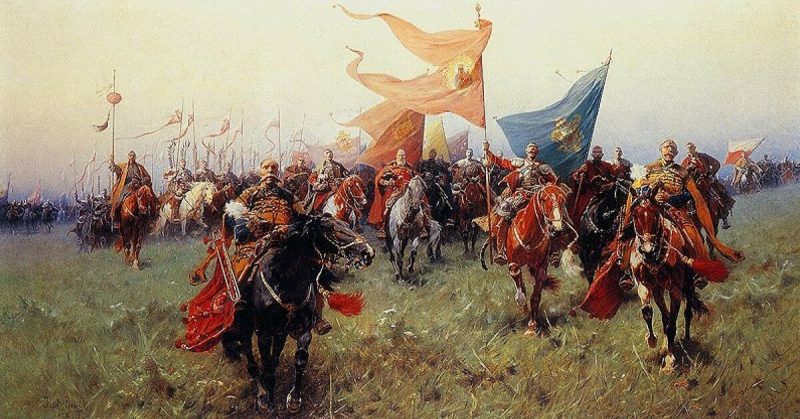Conquering Moscow
It’s often said that Russia never was conquered by European powers. Despite the fact that Napoleon with his great army in 1812, and Hitler 131 years later both failed, this task wasn’t impossible to achieve. This piece of history will present to you some less-known events from 1610.
Prelude
In the 16th century, most European countries were focusing on colonization, yet not every country had opportunities to cross the seas. For Eastern Europe, the Terra Incognita and the sphere of interests were laying on the east. For Polish-Lithuanian Commonwealth, one of the biggest countries in Europe back then, a big neighbor like Russia, afflicted by many internal conflicts, was tempting prey. Russia saw it coming and in 1609 signed an alliance with the Kingdom of Sweden. In 1605, the Polish-Russian War started.
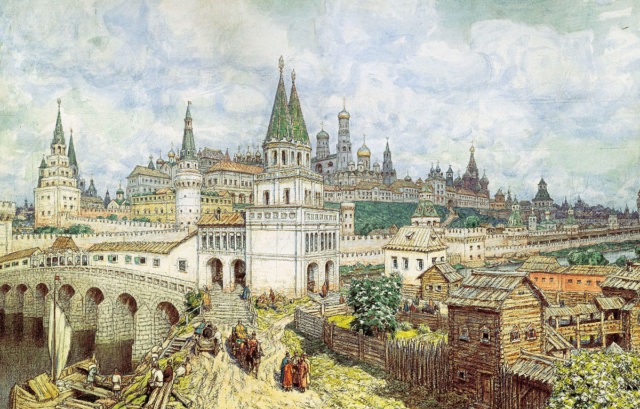
A few months later, 15,000 Swedish soldiers and mercenaries from Scotland, England, France and Germany entered Veliky Novgorod to aid the current Tsar of Russia. The King of Poland, Sigismund III Vasa who still had desired his Swedish throne back, marched out with his 22,000-man army toward Smolensk, one of the strongest Russian fortresses. A joint Swedish-Russian Army led by Dmitry Shuisky was sent by Tsar Vasily IV (brother of Dmitry) in order to break the siege of Smolensk.
Battle of Klushino
“Necessitas in loco, spes in virtute, salus in victoria” – latin sentence spoken by Hetman Żółkiewski before the battle.
In summer 1610, Polish Hetman Stanisław Żółkiewski received intelligence about Shuisky’s army marching to besieged city of Smolensk. The Russians were not aware of the real number of the Polish army. The Poles, on the other hand, knew very well how highly outnumbered they were, yet Hetman Żółkiewski was confident about the might of the famous Winged Hussars and decided to press to the advance. He took with him only the most mobile units, around 6,500 in total (5,500 Winged Hussars included).
At night of the 4th of July 1610, the Polish Army marched across the muddy roads, leaving their supplies behind. After four miles, the Poles were surprised to see that the Russian camp that was still… asleep and unaware of the presence of the enemy. 30,000 Russians (led by Dmitry Shuisky) and 5,000 mercenaries (led by Jacob De la Gardie) were completely surprised when the first wave of Winged Hussars launched the charge. The first part of the battle consisted of Polish hussars repeatedly charging the fortified Russian positions. Some Hussar units charged as many as ten times each. With constant attacks, the commander of the Polish Army tried to break the spirit and formations of the enemy and hide their real numbers.

The entire battle lasted about five hours. The turning point of the battle came when heavy armoured Swedish Reitars failed to perform their caracole and that decisive moment was an excellent opportunity for the next charge that forced the Swedes to retreat. After that, the whole Russian formation collapsed and the slaughter of retreating Russo-Swedish forces began.
Meanwhile, most of the Polish army were exhausted more interested in looting the enemy camp (luxury goods and, from a military point of view, the most important trophy – gold for the mercenaries), yet some units pursued the retreating Russians, inflicting several thousand casualties.
Total losses on the Polish side were 400 killed, including 100 Winged Hussars. The Russians lost 5,000 to 8,000 men. The road to the capital of Russia was now widely open.
“Then when there were no more of the German infantrymen harassing us by the hedge, a few troops of our cavalry, joining together, charged the foreign cavalry with lances, – those who still had them – sabers, and broadswords. They, deprived of protection of the Russian soldiers and cavalry, unable to resist, began escaping back into their camp. But there too our men rode after, and hitting and hacking drove them through their own camp” – Hetman Żółkiewski’s Memoires
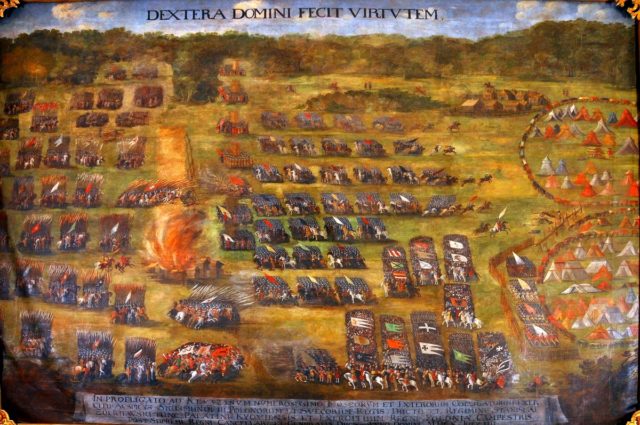
March to Moscow
The ignominious defeat of Dmitry was the main reason of the Tsar’s dethronement. Hetman Żółkiewski set off his army two days after the battle. The Polish troops were strengthened by 8,000 Russians after the deal proclaiming the Polish prince, Władysław IV Vasa, as a new Tsar of Russia. Population in Russia gladly received this news as it would mean a peace for their country and the end of the many years’ turmoil.
On 3rd of August, Żółkiewski entered the Moscow. The Polish prince was announced as a Tsar of Russia under one condition – conversion to orthodoxy. The king of Poland had to stop the siege of Smolensk and returned all conquered castles. On 28th of August, the crowd swore their allegiance to the Władysław IV Vasa.
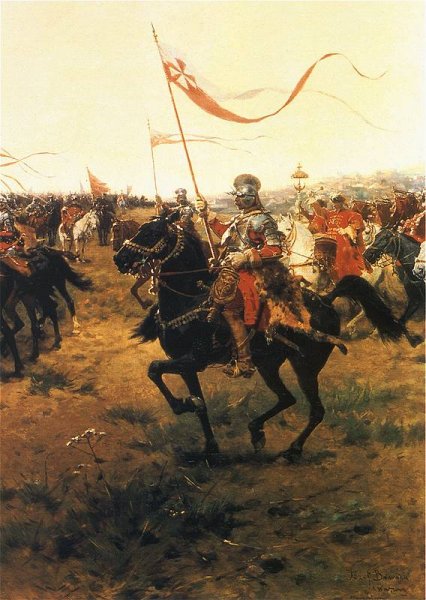
Aftermath
Władysław IV Vasa claimed the Tsar’s title from 1610 to 1634 but never assumed the throne, because his father, king of the Polish-Lithuanian Commonwealth, failed to finish the negotiations with the boyars (the Russian aristocracy).
Vasily IV of Russia was the only member of House of Shuysky to become Tsar and the last member of the Rurikid dynasty to rule. The boyars made him a monk against his will, to ensure his political death.
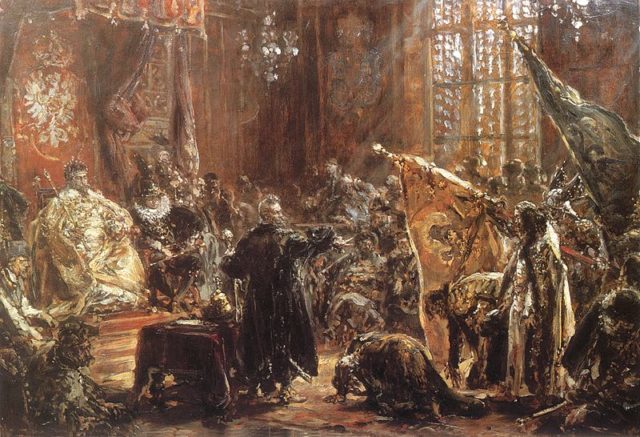
Zygmunt III Vasa wanted the crown of the Tsar for himself in order to take back his inherited throne of Sweden. His pro-Catholic attitude was one of the reasons why he lost Sweden and why he will lost Moscow in the near future…
The Battle of Klushino is commemorated (after 1990) on the Tomb of the Unknown Soldier, Warsaw, with the inscription “KLUSZYN – MOSKWA 2 VII – 28 VIII 1610”.
The battle is remembered as one of the greatest triumphs of the Polish cavalry and an example of excellence and supremacy of the Polish military at the time.
